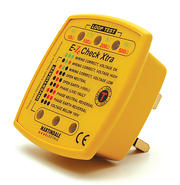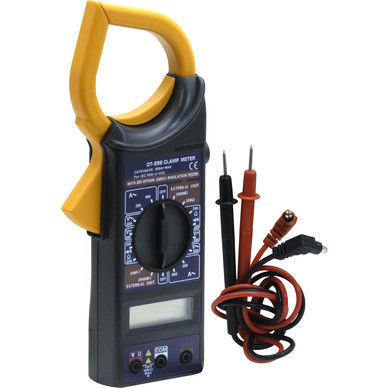Hi All,
I bought a Fluke 1AC tester as I will be changing some lights in my garage soon and I wanted to ensure, in addition to turning the power off, that there will be no electricity running.
When I bought it I touched the tip against a table lamp which has a metal base and it beeped and went solid red. Now if this is indicating that the base is live why don't I get a shock if I touch it and, secondly, is it live and is it dangerous?
I'm not a qualified electrician and I only undertake electrical jobs such as changing a light fitting if I am just swapping over like for like.
However, I'm concerned with the response I got from the lamp as I would just assume, if I didn't know better, that it is live and would steer clear.
Appreciate your thoughts - thanks.
I bought a Fluke 1AC tester as I will be changing some lights in my garage soon and I wanted to ensure, in addition to turning the power off, that there will be no electricity running.
When I bought it I touched the tip against a table lamp which has a metal base and it beeped and went solid red. Now if this is indicating that the base is live why don't I get a shock if I touch it and, secondly, is it live and is it dangerous?
I'm not a qualified electrician and I only undertake electrical jobs such as changing a light fitting if I am just swapping over like for like.
However, I'm concerned with the response I got from the lamp as I would just assume, if I didn't know better, that it is live and would steer clear.
Appreciate your thoughts - thanks.




